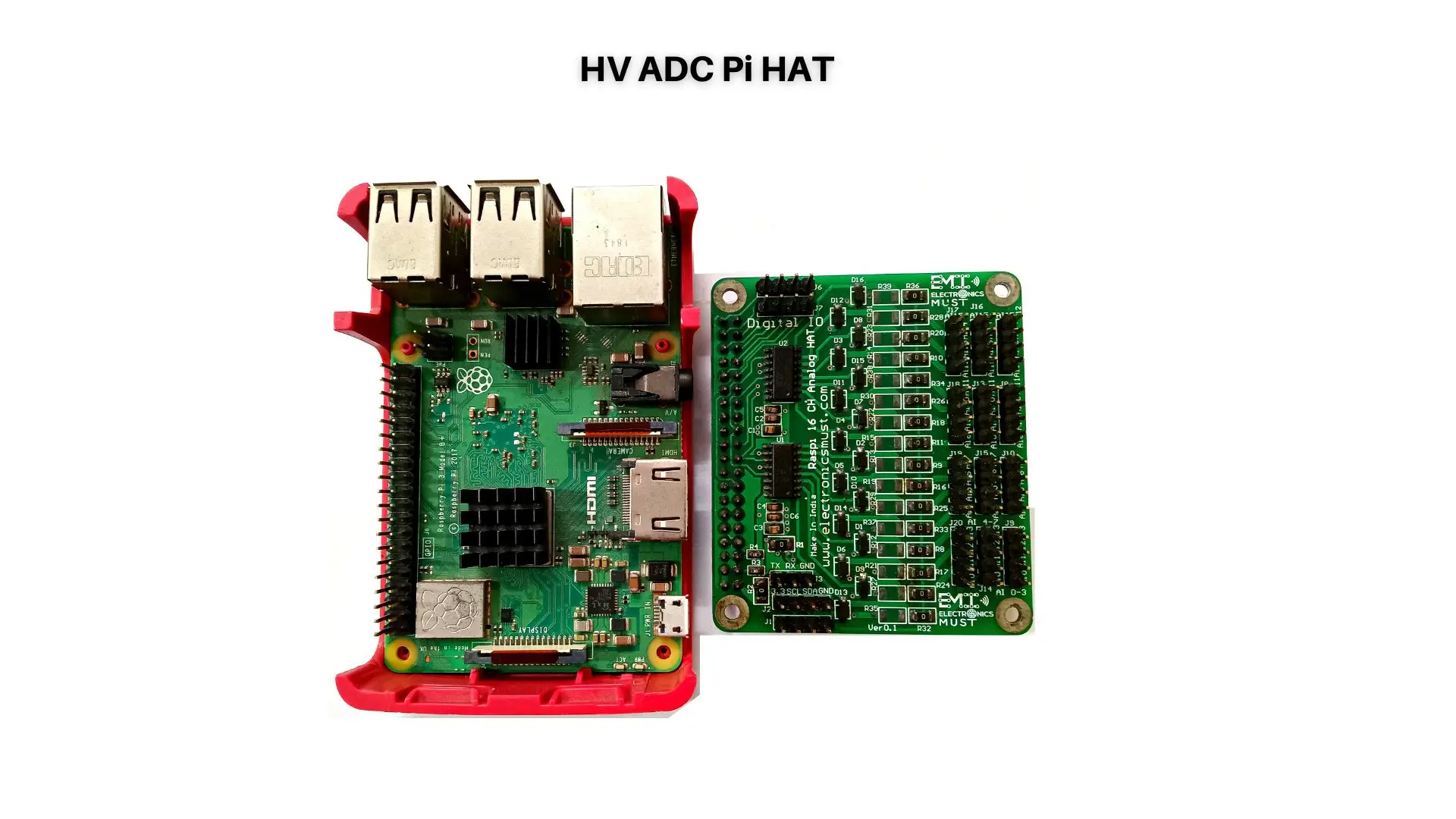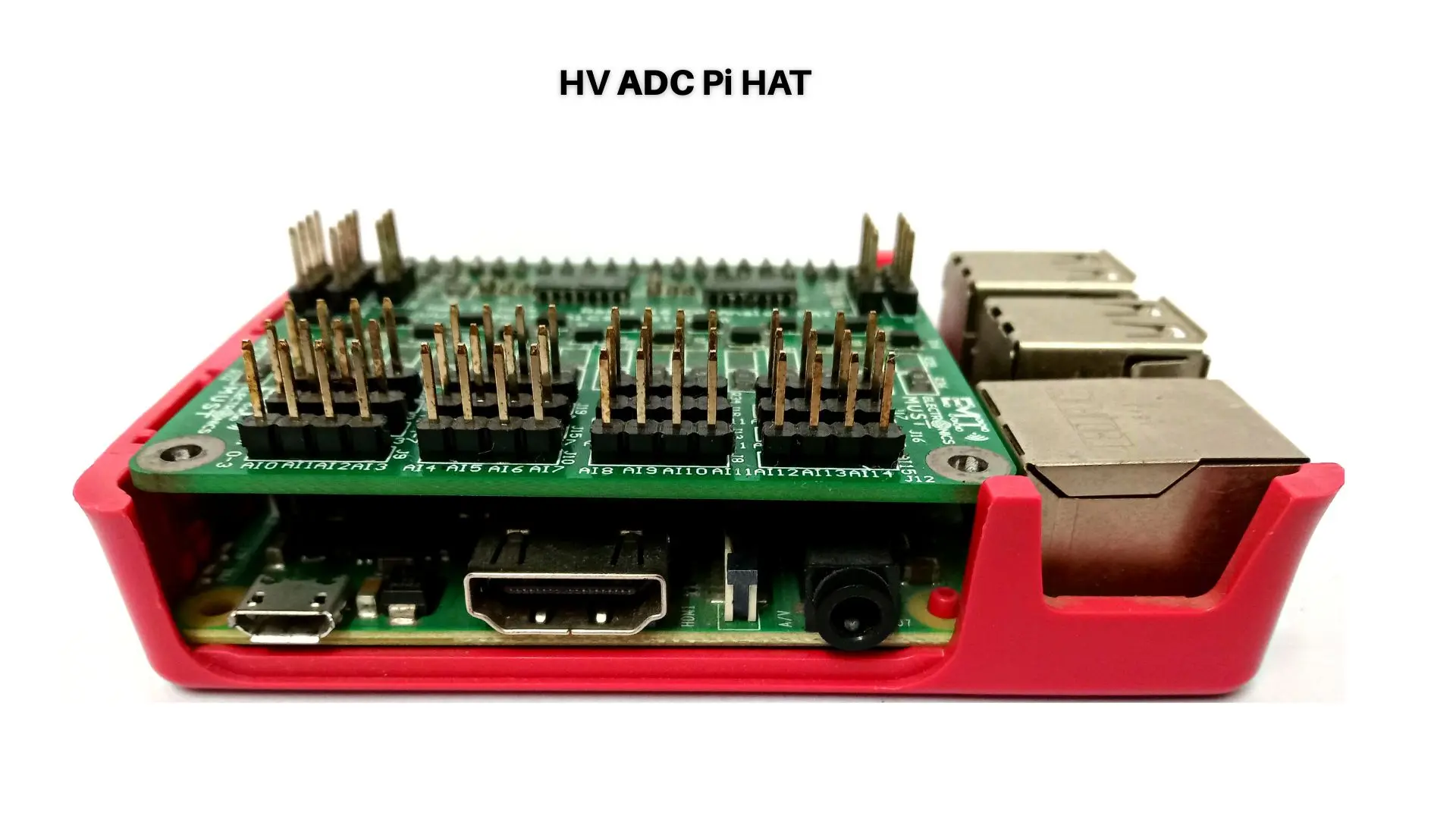The concept of smart cities has gained immense popularity in recent years, with governments and private companies investing heavily in the technology required to make them a reality. At the heart of smart cities are IoT hardware devices, which are transforming urban infrastructure in ways that were previously unimaginable. In this blog, we will explore the ways in which IoT hardware is being used to make cities smarter and more efficient.The concept of a smart city is not new. It has been around for decades, but it was not until the development of the Internet of Things (IoT) that the idea became a reality. IoT refers to the network of interconnected devices, sensors, and software that allow objects to communicate with each other and with us. In the context of smart cities, IoT is used to connect various urban infrastructure elements such as traffic lights, streetlights, waste management systems, and more.
The integration of IoT hardware in cities is transforming the way we think about urban infrastructure. It allows us to optimize resources, reduce costs, and improve the quality of life for citizens.Here are some of the ways IoT hardware is transforming urban infrastructure.
1.Smart Transportation
One of the most significant areas of transformation in smart cities is transportation. IoT hardware devices are being used to monitor and optimize traffic flows, reduce congestion, and improve safety. Smart traffic lights use sensors to detect the flow of vehicles and adjust their timing accordingly, reducing wait times and increasing the efficiency of intersections. Connected vehicles communicate with each other and with the infrastructure around them, allowing for real-time traffic updates and safer driving.
2.Smart Parking
Finding parking in a busy city can be a challenge, but IoT hardware is helping to make it easier. Smart parking systems use sensors to detect when a parking space is occupied and when it becomes available. This information is then transmitted to a central system, which can provide real-time information to drivers about available parking spaces in the area. This not only reduces the time it takes to find a parking spot but also reduces congestion and pollution by reducing the amount of time drivers spend circling around looking for a spot.
3.Smart Energy
IoT hardware is also being used to make cities more energy-efficient. Smart grid technology allows for real-time monitoring of energy consumption and production, allowing for more efficient distribution of energy. Smart lighting systems use sensors to detect when a room or street is occupied, adjusting lighting levels accordingly to reduce energy waste. Smart buildings use IoT sensors to optimize heating and cooling systems, reducing energy consumption and costs.
4.Smart Waste Management
IoT hardware is even being used to make waste management more efficient in smart cities. Smart waste bins use sensors to detect when they are full and transmit this information to a central system, allowing for more efficient collection schedules. This reduces the number of collection trucks on the road, reducing traffic congestion and air pollution.
5.Smart Water Management
Water management is another area where IoT hardware is making a significant impact. Smart water systems use sensors to detect leaks and monitor water quality in real-time. This allows for faster detection of leaks and more efficient use of water resources. Smart irrigation systems use weather data and soil moisture sensors to optimize watering schedules, reducing water waste and ensuring that plants receive the optimal amount of water.
6.Public Safety and Security
IoT technology can also be used to improve public safety and security. For example, cameras with facial recognition technology can help identify criminals and prevent crimes. Similarly, sensors can detect gunshots and alert law enforcement in real-time. This can help reduce crime rates and improve the safety of citizens.Here are some of the ways IoT hardware is transforming urban infrastructure.
7.Efficient Energy Management
Cities are huge consumers of energy, and managing that energy efficiently can save costs and reduce carbon emissions. IoT sensors can monitor energy consumption and provide data on usage patterns. This data can be used to optimize energy usage and reduce waste. For example, streetlights can be equipped with sensors that turn off lights when there is no one around, saving energy and reducing costs.
8.Improved Public Transportation
Public transportation is a vital part of urban infrastructure, and IoT technology can improve its efficiency and accessibility. IoT sensors can monitor traffic and adjust bus routes to avoid congestion. Additionally, sensors on buses can provide real-time data on bus locations and wait times, allowing passengers to plan their journeys more efficiently.
Conclusion
Smart cities are no longer a concept of the future. IoT hardware is being used today to make cities more efficient, sustainable, and livable. From smart transportation to smart waste management, IoT devices are transforming urban infrastructure in ways that were previously unimaginable. As the technology continues to evolve, we can expect even more innovative solutions to emerge, making cities smarter and more connected than ever before.






